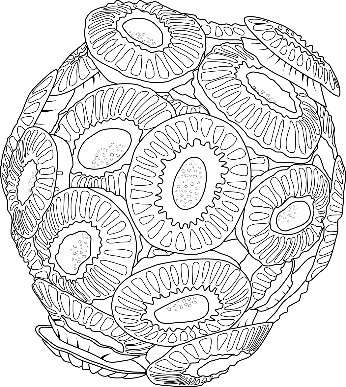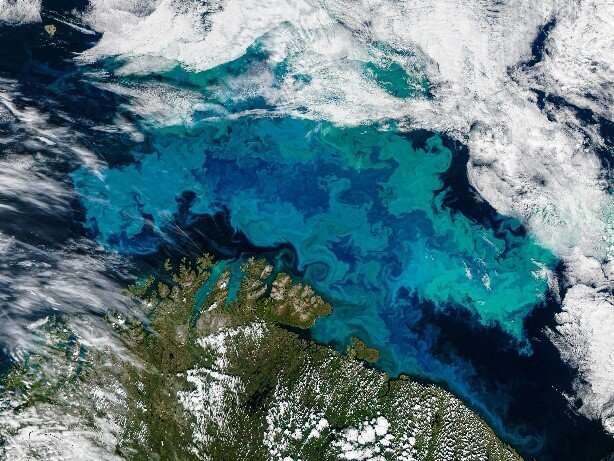Stronger Atlantic currents drive temperate species to migrate toward the Arctic Ocean

The Arctic Ocean increasingly resembles the Atlantic in its temperature and the species that live there. However, scientists from the CNRS and Université Laval, Quebec, showed that an unprecedented strengthening of Atlantic currents is playing a major role in this phenomenon called "Atlantification."
The research team studied Emiliania huxleyi, a marine microalgae that typically lives in temperate waters at lower latitudes.
A specific feature of this organism is that it has a calcareous shell that reflects light so well that its massive development makes the ocean surface turquoise over large areas, a phenomenon that can be seen from space. As a result, the scientists were able to use satellite images to show that the strengthening of Atlantic currents largely explains the increased presence of temperate species such as Emiliania huxleyi in the Arctic Ocean.
The findings are published in the journal Nature Communications.

More information: L. Oziel et al. Faster Atlantic currents drive poleward expansion of temperate phytoplankton in the Arctic Ocean, Nature Communications (2020).
Journal information: Nature Communications
Provided by CNRS





















